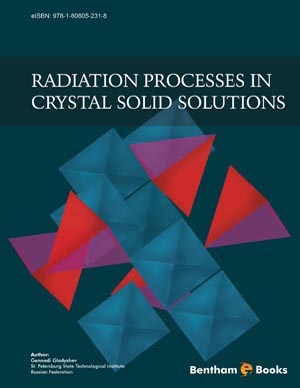Abstract
The experimental data and models of radiation-induced segregation are presented. The mechanism and efficiency of the radiation-induced segregation depend on several factors: the irradiation temperature, the concentration and size of atoms of impurity, the presence of additional impurity, etc. The majority of models which describe the radiation-induced segregation, include a system of kinetic equations for the various kinds of point defects and alloy atoms. The models differ from each other in a set of the types of defects and calculation parameters.
Keywords: Radiation, metal, alloys, alkali halide, solid solution, segregation, segregation models, inverse Kirkendall effect.













